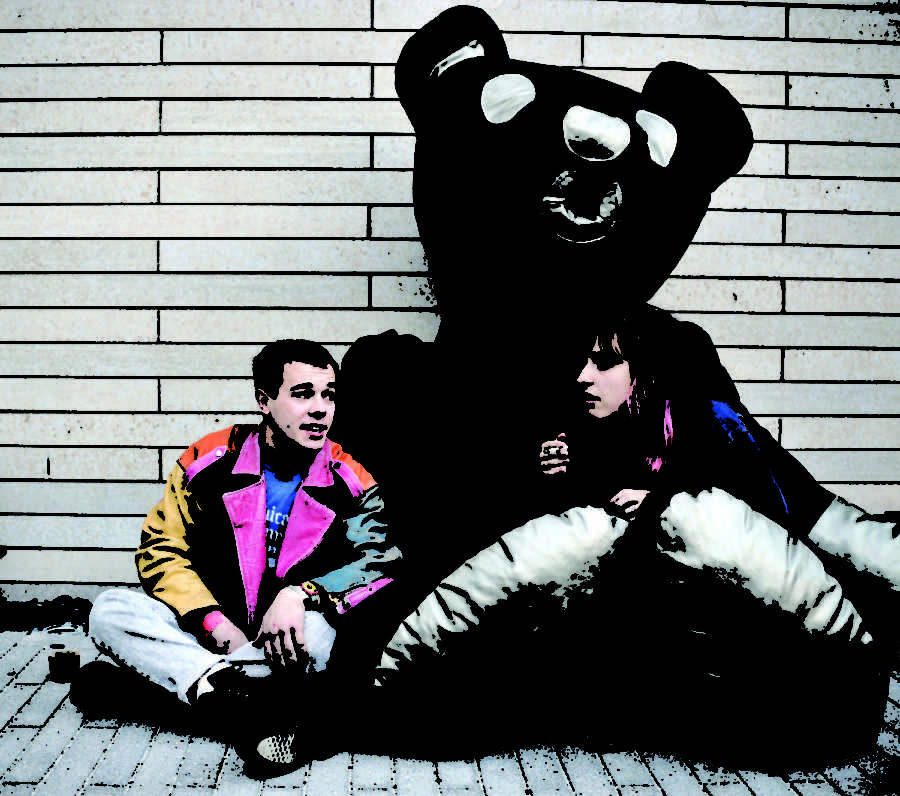While you may think the kids walking around this campus only dress like they’re in art school, the U of C’s visual arts offerings, both in the classroom and extracurricular, are gaining steam. With the opening of the brand-new Logan Center for the Arts and a slew of museums and RSOs on campus, there’s much more art at the U of C than just that authentic Chagall hanging in your dorm.
The Smart Museum of Art, home to the likes of Rothko, Matisse, and Rodin, is one of the University’s main attractions. Created in 1974 as a branch of the U of C’s art department, the now independent museum still maintains a close relationship with the University and greatly benefits from the close proximity to its art history scholars. Now on display at the Smart is Renewal and Revision: Japanese Prints of the 1950s and 60s, an exhibition on the rise in printmaking in the two decades following World War II. Opening October 4 is a related exhibit, Awash in Color: French and Japanese Prints, a collection of prints from an earlier time period. The exhibition also traces the relationship between French and Japanese printmaking. Admission to the Smart is free.
While the Smart Museum offers more classic fare, the Renaissance Society, surreptitiously tucked into the fourth floor of Cobb Hall, hosts more contemporary exhibits. Born out of modernism’s introduction to the States, the Society’s long-standing mission is to make available to the Midwest the finest and most avant-garde culture found in New York and Europe. Past exhibits have featured Gertrude Stein, Mies van der Rohe, and Alexander Calder. Next up is Danh Vo’s exhibition Uterus, opening September 23. The exhibit includes his famous sculpture “We the People,” and runs in conjunction with the Art Institute. Admission to the Society is free.
Or, if you prefer ancient stone horses to abstract wood sculptures, The Oriental Institute might be more your style. Though unfortunately not founded by Indiana Jones, the Institute runs a world-renowned museum, conducts research, and organizes archaeological expeditions. Opening October 15 is Birds in Ancient Egypt, which, as you can probably guess, is full of depictions of birds and their various roles in ancient times. Admission to the Institute is free, but a $7 donation is suggested.
If you’re looking for a brief foray off campus, the Hyde Park Art Center (HPAC) gives a look into the culture of Chicago and community-based art. The oldest alternative exhibition space in Chicago, HPAC is focused on educational outreach and the promotion of local artists, and the Center frequently hosts discussions, classes, and workshops in tangent with their exhibitions. Past exhibits have included work by recent MFA graduates, selections from classes taught at the Center, as well as pieces from more nationally known artists like Betsy Odom and Dawoud Bey. Two Histories of the World, now showing, examines the concept of cultural circulation through the use of found objects. Admission to all exhibits is free.
Creative opportunities for students also abound, with RSOs ranging from the Festival of the Arts (FOTA), a week-long, campus-wide display of students’ work, to Outside the Lines, a student group that promotes artistic expression and hosts weekly figure-drawing sessions. Other student organizations include Japanese Animation Society and ArtShould, the latter of which promotes arts programming and education in the surrounding community. Whether you want to create art or merely contemplate it, you will always be able to get your fix, no matter what style, medium, or movement you most enjoy.









